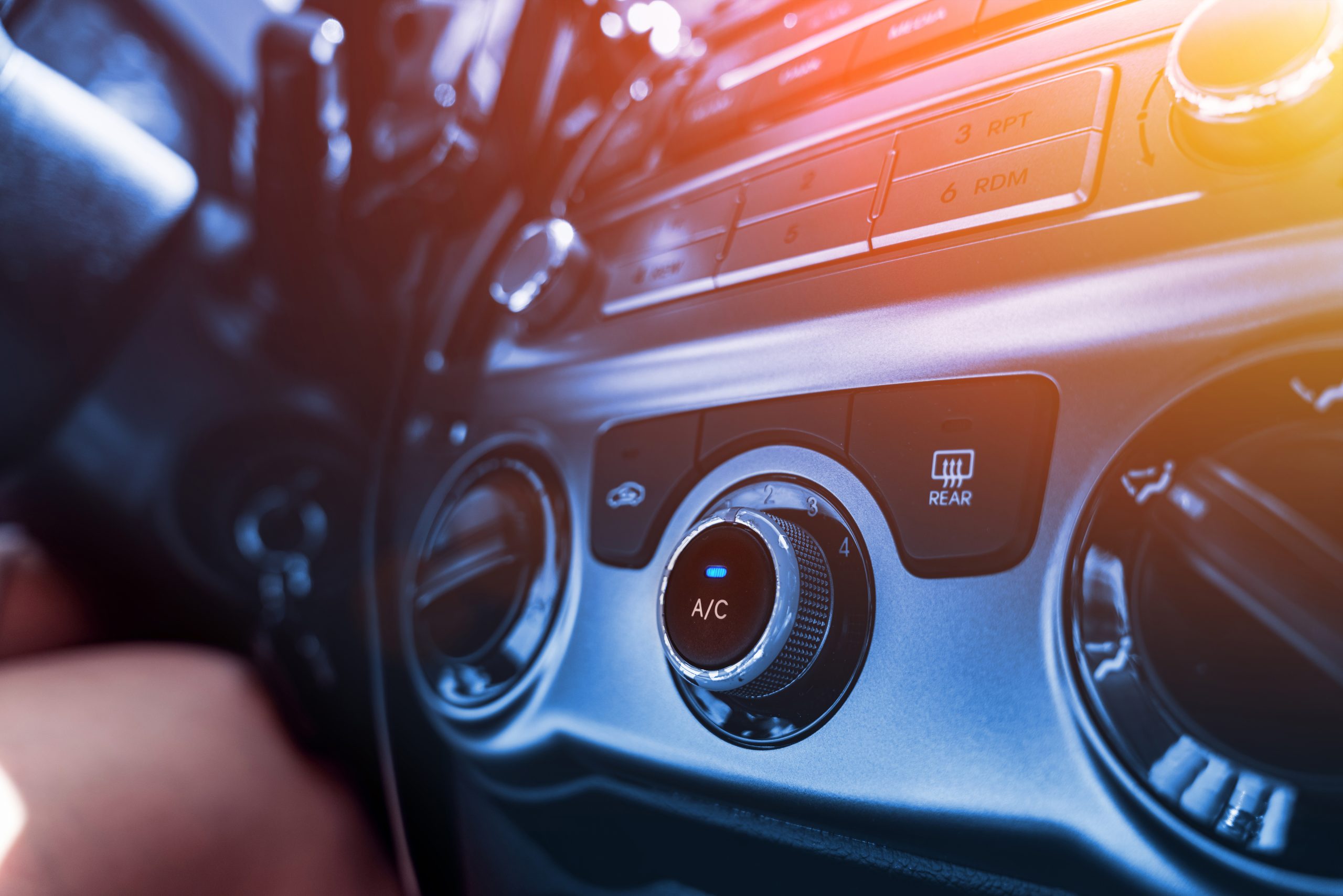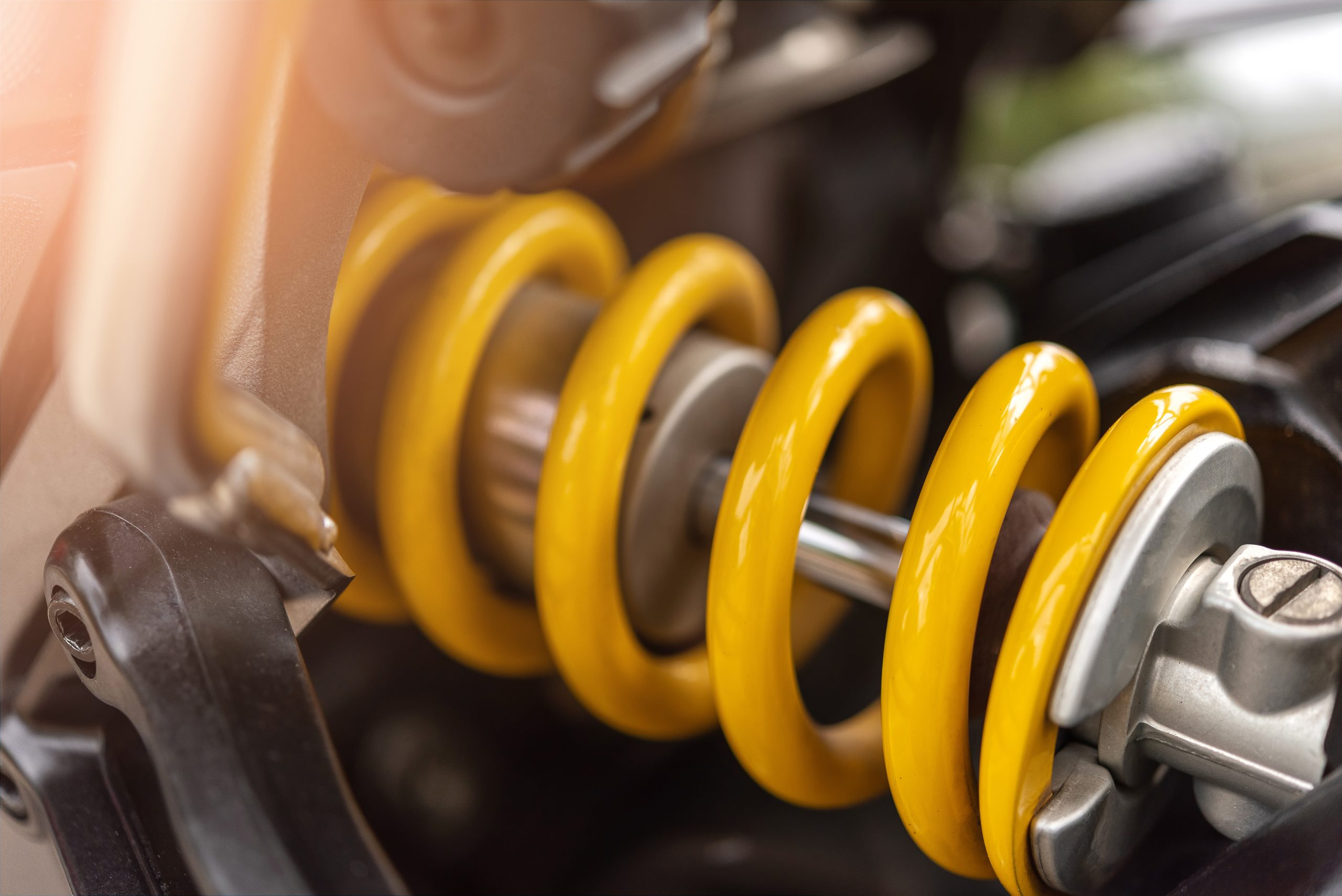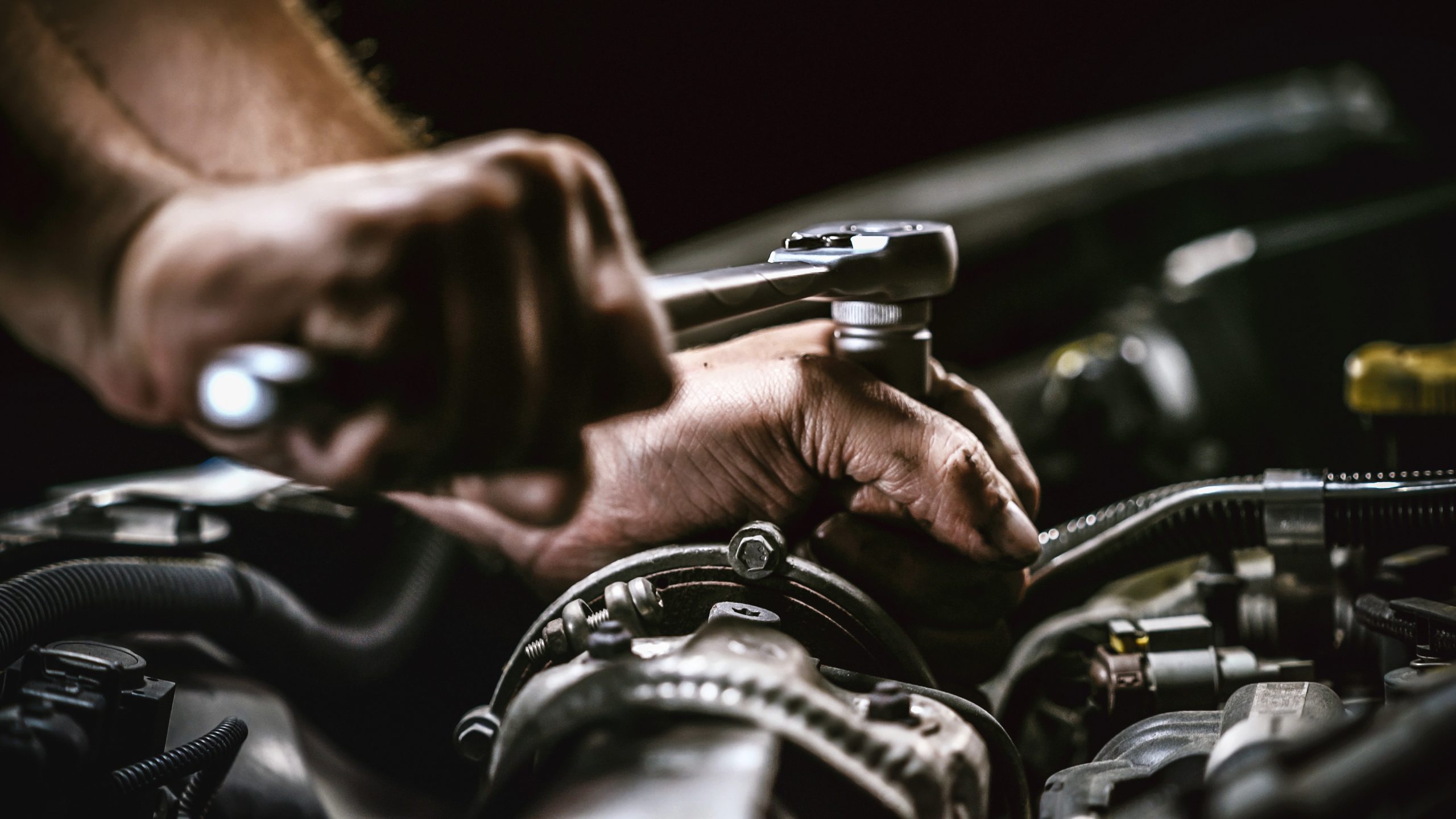What is a Check Engine Light?
The “Check Engine” light is a warning indicator on your car’s dashboard that illuminates when the vehicle’s onboard diagnostic system detects a problem with the engine or emissions system.
What to do if your “Check Engine” light comes on
- Don’t Panic: While seeing the “Check Engine” light can be alarming, it doesn’t necessarily mean there’s a severe problem with your car. However, it’s essential not to ignore it, as it could indicate an issue that needs attention.
- Check for Other Symptoms: Take note of any other symptoms your car may be experiencing, such as rough idling, reduced performance, or unusual noises. This information can help you and your mechanic diagnose the problem.
- Get a Diagnostic Scan: The best way to determine the cause of the “Check Engine” light is to have a diagnostic scan performed on your vehicle. Many auto parts stores offer free diagnostic scans, or you can take your car to a mechanic who can use a diagnostic tool to retrieve the trouble codes stored in the vehicle’s computer system.
- Address the Issue: Once you have the trouble codes, you or your mechanic can use them to identify the specific problem causing the “Check Engine” light to illuminate. Depending on the issue, it may require simple maintenance, such as replacing a faulty sensor, or more extensive repairs.
- Don’t Delay Repairs: While some issues may not be urgent, it’s essential not to ignore the “Check Engine” light for an extended period. Ignoring the warning could lead to further damage to your vehicle or increased emissions.
Why it matters
Remember, the “Check Engine” light is there to alert you to potential problems with your vehicle’s engine or emissions system. By addressing the issue promptly, you can prevent further damage and maintain the performance and reliability of your car.





